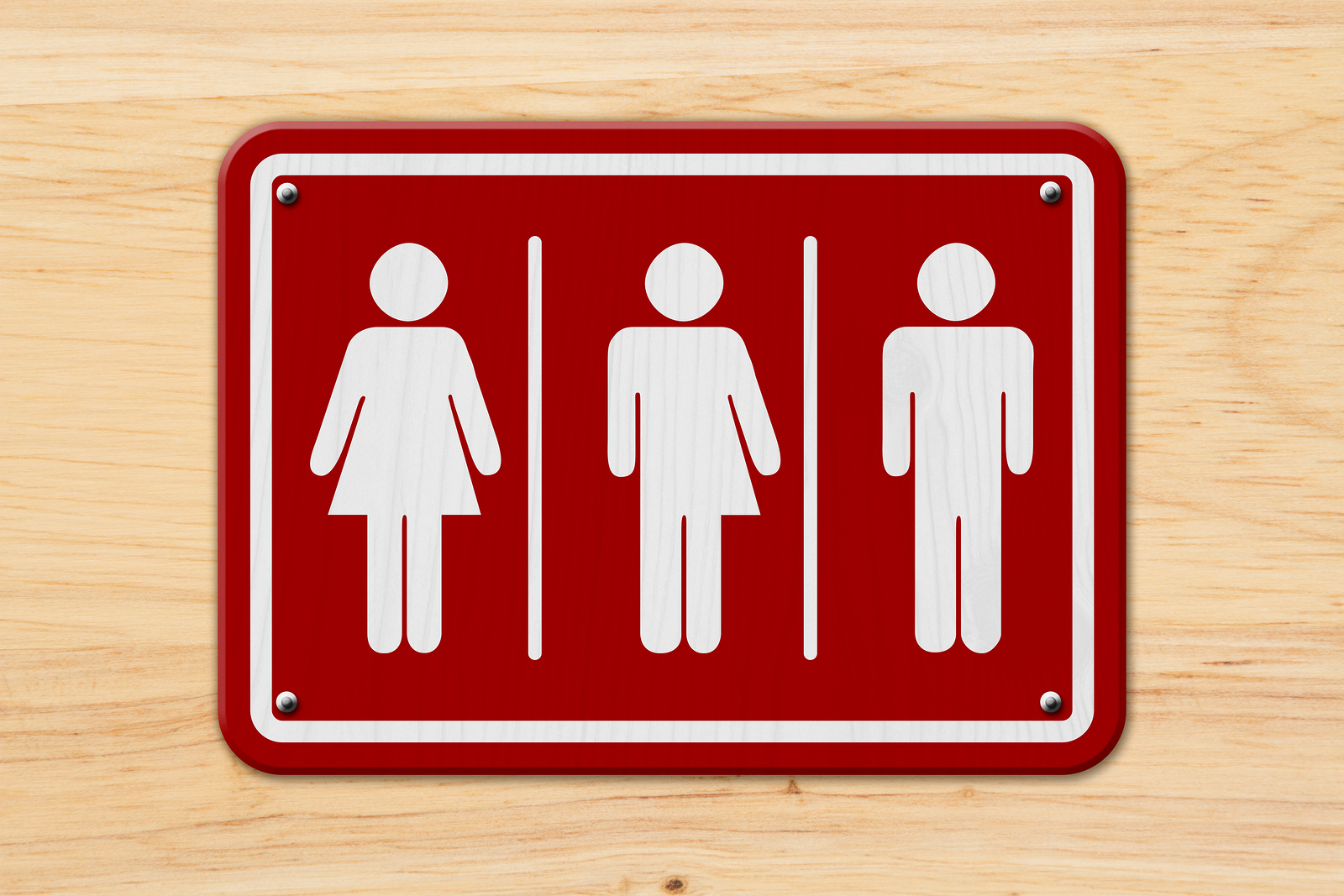
Many years ago I worked with a guy called Terry. Terry was quiet, but friendly enough, a bit of a loner, but social enough. Terry was introverted, but just outgoing enough to be someone with whom to look forward to having a chat. We crossed paths often in the kitchen, the men’s room, the elevator, Starbucks, etc. We would chat about everything from food, life, family, and sports, to shoes. One day during a chat about our childhood I came to know that the “guy” I knew as Terry was legally named Teresa, and Terry identified neither as a he nor a she, but as “transgender,” something I had never before heard of. That day was the beginning of my transgenderism education.
The study of emotional intelligence demonstrates that we humans are pre-disposed to the judgment of others who are different. We cling to learned perspectives and behaviors and are quick to adopt established ideals of normalcy that are often one-dimensional. In today’s workplace, HR leaders must be committed to creating an environment conducive to dialogue and honesty about the challenges of adopting a “new normal” and the challenges faced by trans employees that fit the very definition.
If your goal is to create a diverse, inclusive workplace for ALL you may find the following guidelines and policy changes around transgenderism useful:
Establish guidelines prohibiting gender bias
As shown by my struggle to understand the nuances of being transgender, employees may struggle as well. Because myths and misconceptions can influence the behavior of co-workers towards individuals that identify as transgender, make sure your company provides training for all employees on the gender-related issues in the workplace to ensure that co-workers do not intentionally or unintentionally create an environment that will negatively impact a transgender employee. Review your company handbook to make sure that it includes clear policies against discrimination and harassment. The handbook needs to be distributed to employees with attestation of receipt. Most importantly, enforce the policy.
Refer to transgender employees by their preferred name
As they transition to their preferred gender identity, transgender employees may want to change their name. For example, a female may change her name to a more common male or even androgynous name, For example, from Teresa to Terry. While it may be challenging for co-workers to understand the change, HR can be instrumental in establishing an environment where transgender employees are addressed by whatever name and gender they prefer. When In conversation, co-workers should use pronouns that correspond to one’s gender identity. Items such as office mailboxes and nameplates should also reflect the preferred name.
Establishing clear bathroom designations
An inclusive workplace considers the needs of ALL employees. A transgender employee may be as sensitive to the use of single-sex bathrooms as their co-workers. Keep in mind that sometimes transgender employees may be transitioning towards their final gender identity. They may initially want to use a bathroom that corresponds to their biological sex but at some point begin using restrooms that correspond to their new or anticipated gender identity. Wherever possible Human Resources should work with management to designate gender-neutral bathrooms that are available to ALL employees, not just transgender, male or female.
Implement a gender-neutral employee dress code
Does your company have a dress code requirement that differs for men and women? For example, some employers may require male employees to wear pants while female employees are required to wear skirts. The switch between pants and skirt may leave transitioning transgender employees feeling awkward and self-conscious. Human Resources can help by implementing a more gender-neutral dress code by not specifying gender specific articles of clothing. Transgender employees may assume the appearance of their gender identity. Any dress codes and guidelines regarding the appearance of your employees that are consistent with business necessity should apply to transgender employees. However, employers should consider dress codes and guidelines that eliminate any sex stereotypes.
Address any discriminatory behavior and misconduct swiftly
Most importantly, Human Resources should address any misconduct that targets transgender employees the same as other forms of discrimination. Your standard workplace investigatory protocols should be adhered to should there be accusations of gender bias. As always, the investigation should be properly documented supported by any materials gathered during the investigation.
Human Resources can be most influential is in building an innovative, creative, environment that will ultimately attract top talent and positively impact your retention and bottom line.
Inclusiveness can be the your company’s best investment.
